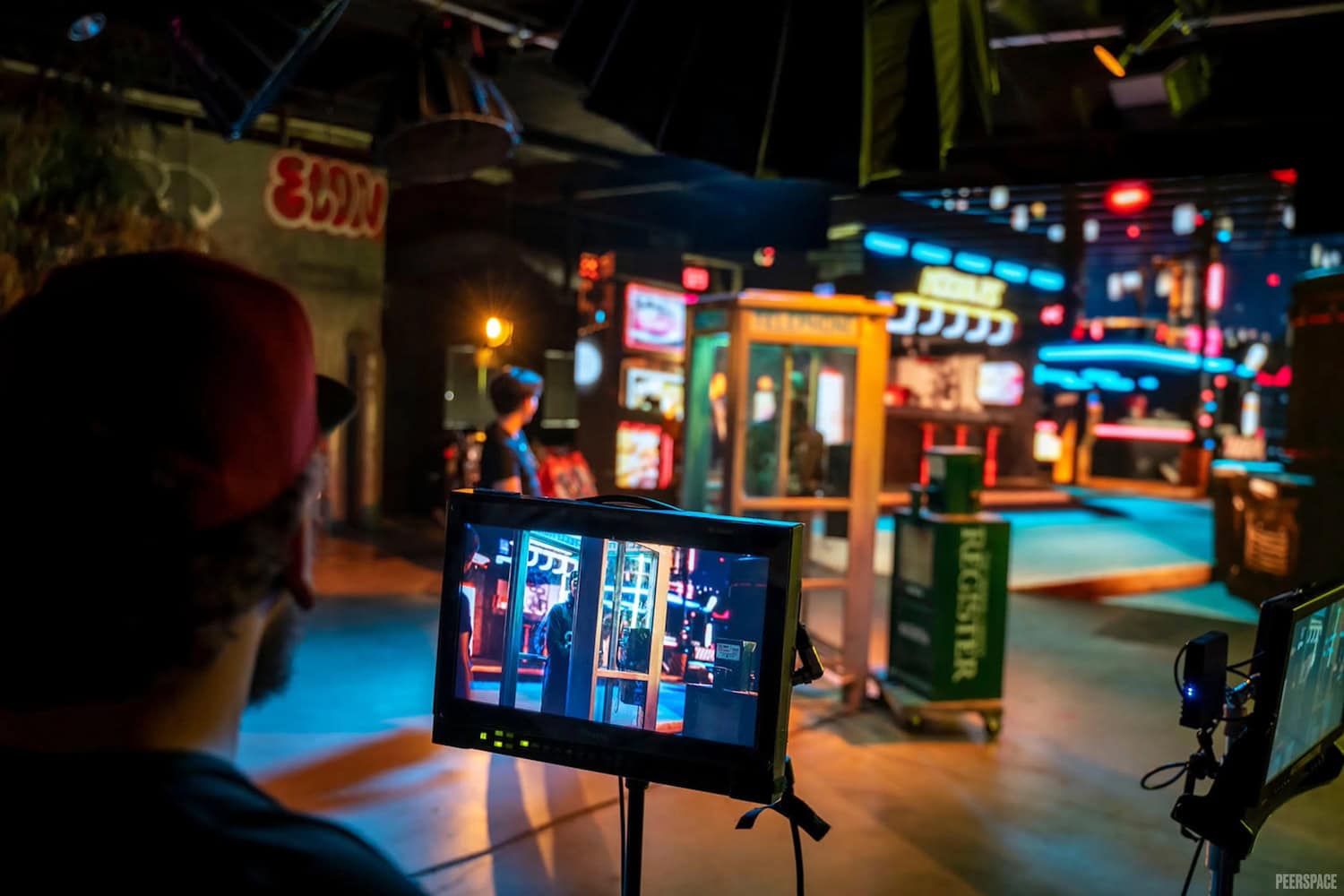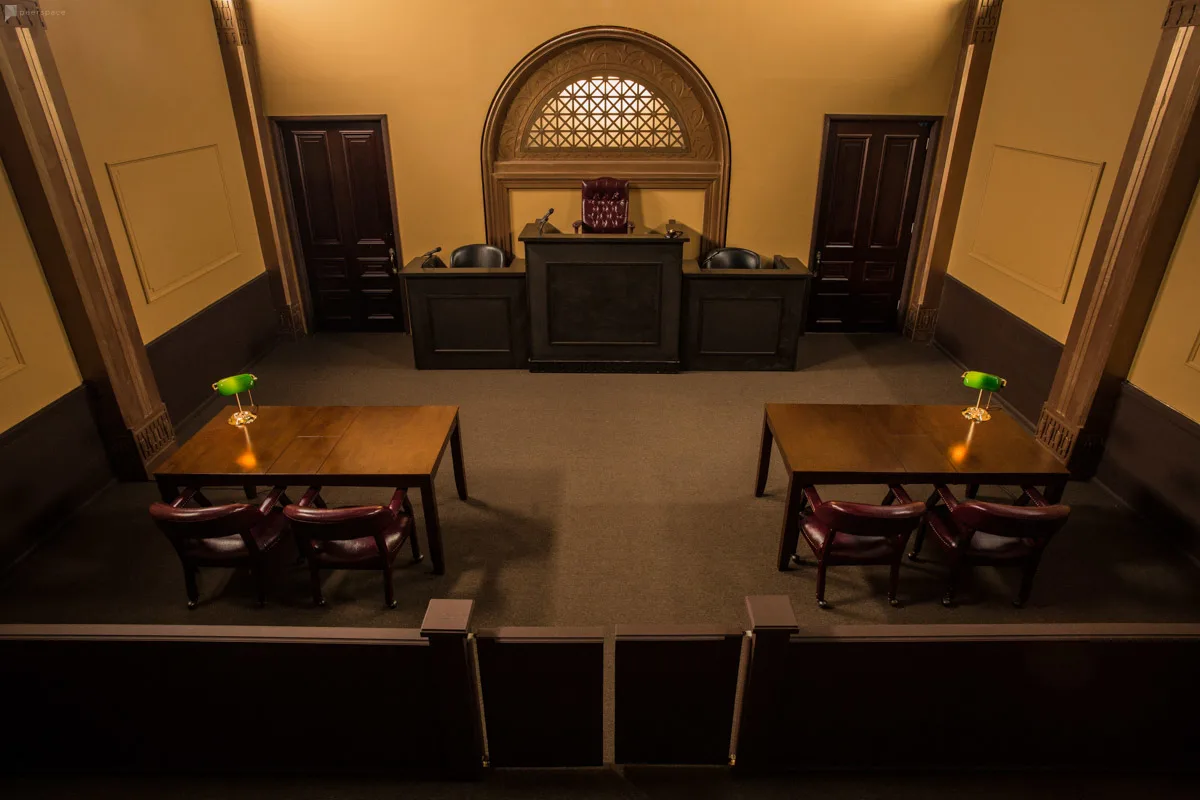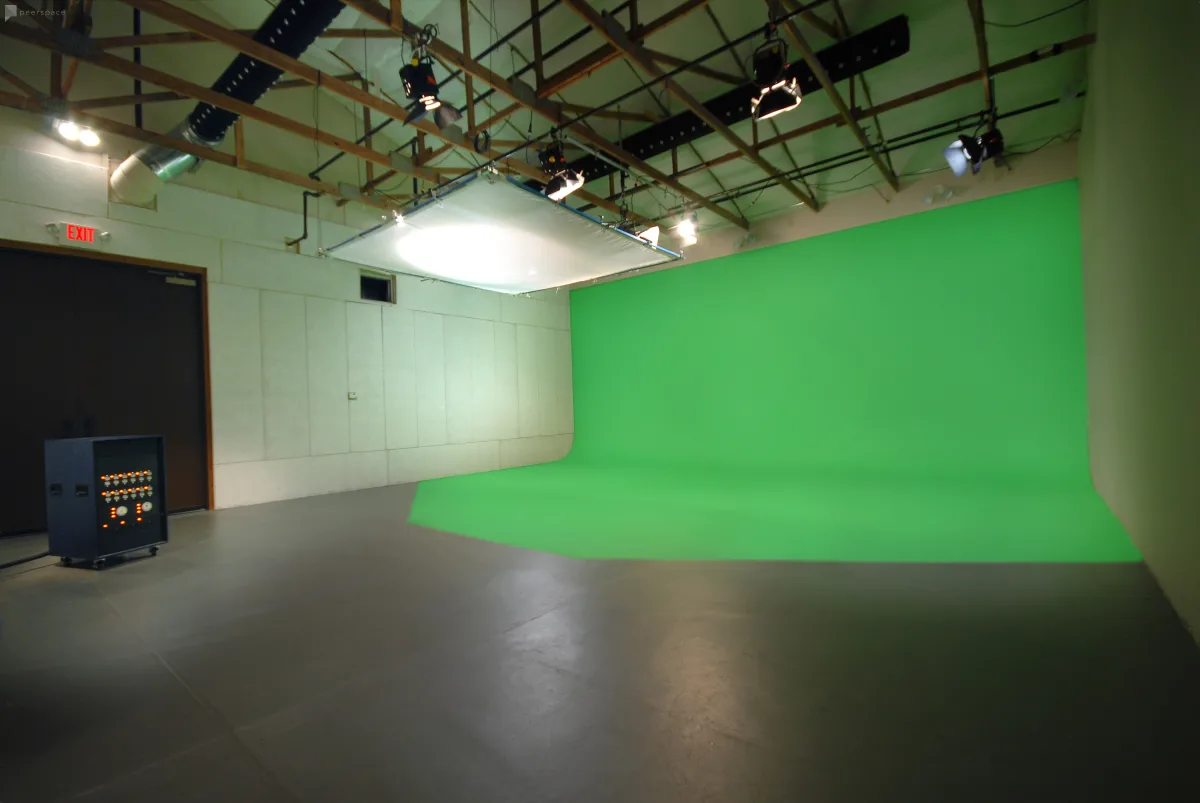
Source: Peerspace
The circle of confusion describes the phenomenon in which light passes through a lens to produce different visual effects. It’s a popular visual technique that allows a camera person to measure and adjust the light to suit a cinematic purpose. This phenomenon occurs whenever a lens is present, be it in a film or photography camera or in the eyes of living organisms. Even now, as you read this, your own eyes are receiving light in such a way that is dependent on the principle of the circle of confusion.
Ahead, we’ll go into more depth about the circle of confusion and how you can use it in your productions. And if you’re looking for a vibrant yet practical space to shoot your next production, consider Peerspace your resource for that as well. After all, Peerspace is the largest online marketplace for production spaces that you can rent by the hour. We have listings in hundreds of cities across North America and beyond. Check us out!
Why the circle of confusion matters

If you’ve ever read up on this subject, you already know that the circle of confusion is an appropriate name for this optic phenomenon. However, this highly technical term is very much worth the effort and can aid in one’s understanding of lenses and the diffraction of light for practical purposes.
The circle of confusion is and has been a necessary part of your life and facilitates how you engage with the world around you. Beyond helping you understand how you’re able to see the world around you, the more you learn about the circle of confusion, the more you will realize just how useful this principle is when it comes to photography and filmmaking.
The shape of light through a lens

To start simply, light is projected in a beam that becomes more diffuse as it gets farther away from its source. When light strikes a lens, it is bent by the lens material, so as to be narrowed and focused toward a single point. At this point, the light intersects itself and then expands again into a broadening beam.
In a film camera, the lens is set at a distance from the focal plane, which can be imagined as a flat rectangular plane that functions as the camera’s sensor. In other words, the focal plane is the component of your camera that allows you to capture photographs. As the light is bent through a lens and projected on the focal plane, it takes a particular shape. As stated above, the lens focuses the beam of light, which narrows to a point before it intersects itself and expands again into a broadening beam.
Given the way that light is bent as it passes through the lens, it takes an hourglass shape, which is broad at its base, narrows at its middle, and then becomes broader again at the top. Although an hourglass may give you a rough idea of the shape of light through a lens, it may be more helpful to imagine the beam of light as two traffic cones pointed at each other, so that the narrow tips of the cones meet in the middle. This is a more accurate comparison since the edges of an hourglass are typically curved, while a beam of light traveling through a lens is not bell-shaped, but occurs between straight lines. However, for simplicity’s sake, we will refer to the shape of light through a camera lens as an hourglass.
Where the circle of confusion occurs on a lens

When the beam of light we described above passes through a lens onto the focal plane, it projects a circle on the focal plane’s surface. This represents the diameter of the light and its relative closeness to the lens. The shape of the beam of light is constant, and as the focal plane is brought nearer or farther away from the lens. Then, that projected circle grows or shrinks on the focal plane’s surface, revealing where the beam is being intersected. When the narrowest part of the beam of light (the middle of the hourglass) hits the lens’s surface, that is precisely where the circle of confusion occurs. As the circle of confusion is the narrowest portion of the beam of light, it appears as a single point.
How light is focused through a camera lens

If you have ever adjusted the focus on a camera, you may have noticed that if you telescope the lens in and out of focus, the image will go from blurry to clear to blurry. When you do that, you are witnessing firsthand the dynamics of light as it travels in its hourglass shape.
As stated above, the narrowest point in the hourglass shape is precisely where the circle of confusion occurs and is what produces the clearest image on your camera. Whether or not you want a clear image is up to you. However, it is important to know how the focus on a camera functions, and why the images it captures can lack clarity or be perfectly in focus.
How the circle of confusion can be used in film
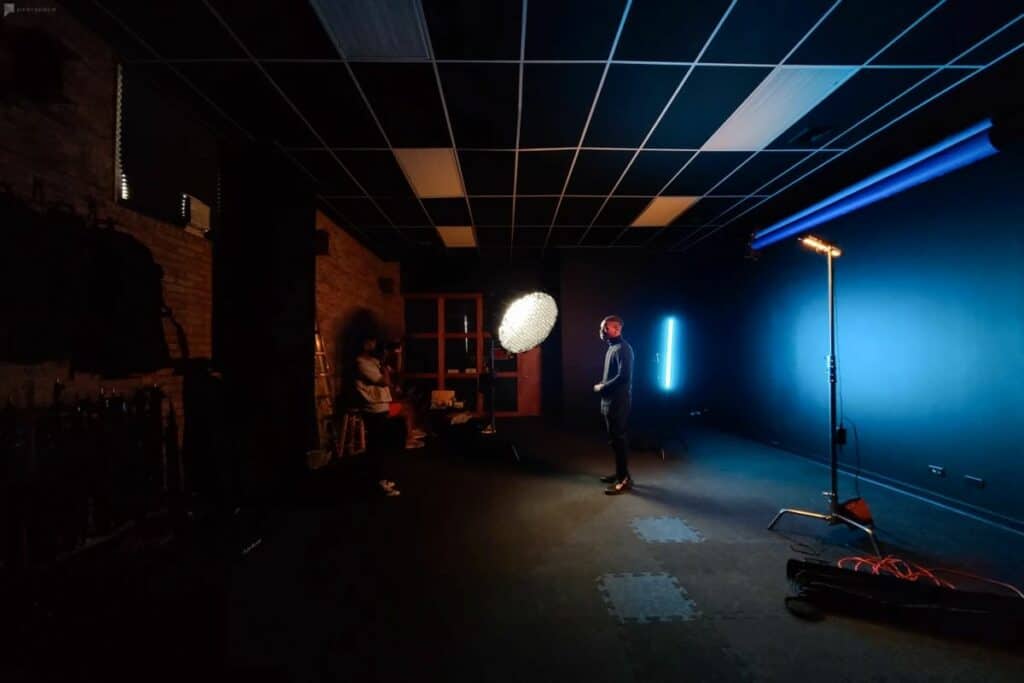
Oftentimes, we aspire to capture the clearest and most realistic images while filming. While a grasp of the circle of confusion will certainly help you accomplish that, it is also just as important for accomplishing blurred or out-of-focus shots. Although not immediately obvious, you may want to make a shot blurry to convey something other than a 1:1 image of a subject or to enhance the significance or presentation of that subject. Sometimes a blurry image can capture the essence of a moment or subject by communicating mood through distortion.
For example, if you wanted to convey what a subject looks like to someone with poor vision, you might try to adjust the camera’s lens to match the clarity of the image as they see it. There are virtually endless ways that the circle of confusion can be employed to create a wide range of desired effects.
Circle of confusion: conclusion
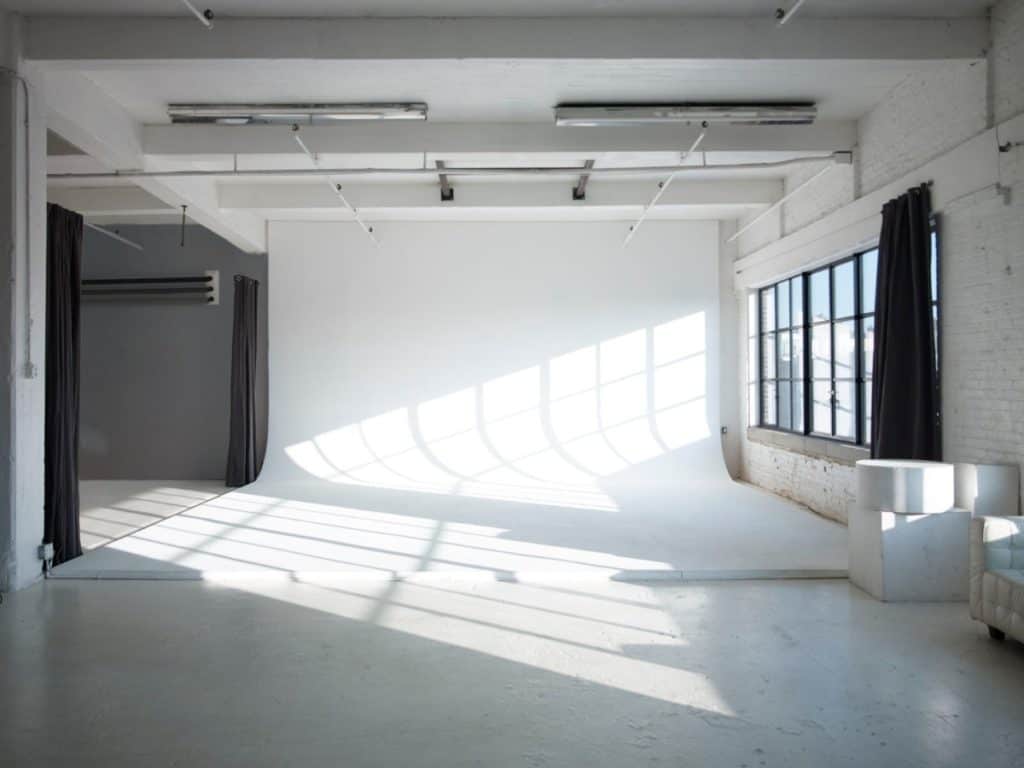
The next time you encounter another person (or sighted organism), take a deep look into their eyes and know that an hourglass of light is passing through their pupil, feeding visual information to their brain, all thanks to the circle of confusion. In fact, that’s exactly what allows you to see them and them to see you!
And if you’re looking into the circle of confusion in filmmaking because they’re hoping to make your own films, remember to consider Peerspace! It’s the internet’s largest marketplace for venue rentals and is a great first step toward locating spaces for your own film shoot.
Find unique filmmaking locations on Peerspace
Get together somewhere better
Book thousands of unique spaces directly from local hosts.
Explore SpacesShare your space and start earning
Join thousands of hosts renting their space for meetings, events, and photo shoots.
List Your Space

